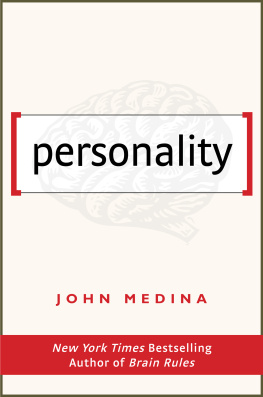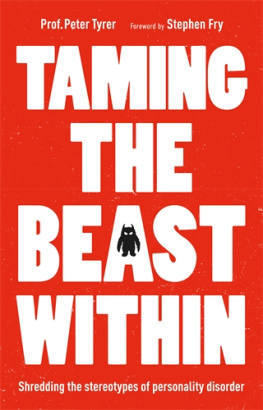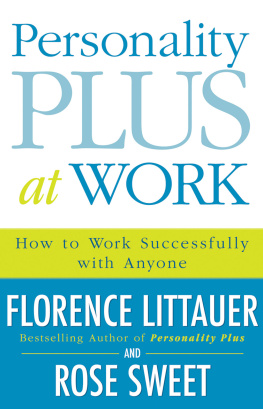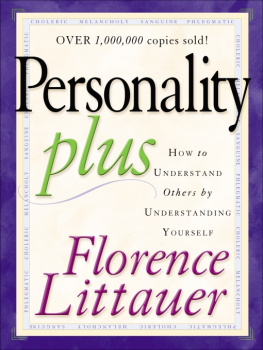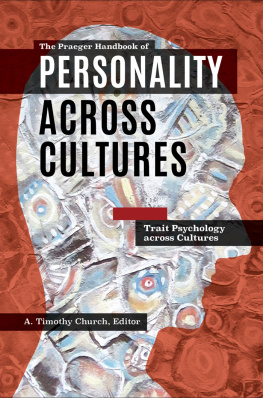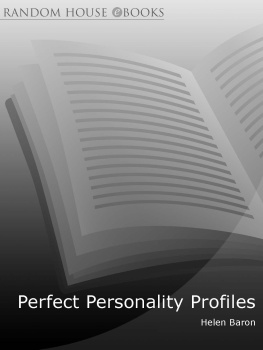What Color
Is Your
Personality?
Red, Orange,
Yellow, Green
Carol
Ritberger,
Ph.D.

HAY HOUSE, INC. Carlsbad, California New York City London Sydney Johannesburg Vancouver Hong Kong New Delhi
Copyright 2000 by Carol Ritberger
Published and distributed in the United States by: Hay House, Inc.: www.hayhouse.com
Published and distributed in Australia by: Hay House Australia Pty. Ltd.: www.hayhouse.com.au Published and distributed in the United Kingdom by: Hay House UK, Ltd.: www.hayhouse.co.uk Published and distributed in the Republic of South Africa by: Hay House SA (Pty), Ltd.: www.hayhouse.co.za Distributed in Canada by: Raincoast: www.raincoast.com Published in India by: Hay House Publishers India: www.hayhouse.co.in
Editorial: Jill Kramer Design: Christy Salinas Illustrations: Vivienne Flesher
All rights reserved. No part of this book may be reproduced by any mechanical, photographic, or electronic process, or in the form of a phonographic recording; nor may it be stored in a retrieval system, transmitted, or otherwise be copied for public or private useother than for fair use as brief quotations embodied in articles and reviews without prior written permission of the publisher.
The author of this book does not dispense medical advice or prescribe the use of any technique as a form of treatment for physical or medical problems without the advice of a physician, either directly or indirectly. The intent of the author is only to offer information of a general nature to help you in your quest for emotional and spiritual well-being. In the event you use any of the information in this book for yourself, which is your constitutional right, the author and the publisher assume no responsibility for your actions.
Library of Congress Cataloging-in-Publication Data \
Ritberger, Carol.
What color is your personality? : red, orange, yellow, green / Carol Ritberger.
p. cm.
ISBN 1-56170-651-5 (hardcover) ISBN 978-1-4019-2414-0 (tradepaper) 1. Typology (Psychology) 2. ColorPsychological aspects. 3. Chakras. I. Title.
BF698.3.R58 1999
155.264dc21
99-12898
CIP
[Material based on Your Personality, Your Health 1998 by Carol Ritberger, Ph.D.]
ISBN 978-1-4019-2414-0
12 11 10 09 7 6 5 4
1st Printing, December 1999
4th Printing, July 2009
Printed in China

Contents

H ave you ever wondered why you instinctively do things? Have you ever noticed how some people are easier to get along with than others? Have you ever asked yourself why it is that when you get stressed, the stress seems to show up in the same place in your body every time?
What is it that makes us different? It is this basic question that has motivated physicians, thinkers, and healers to explore human nature to better understand why we act and think the way we do. Personally, it is that question that has driven me to become an avid student of human behavior and has led to 18 years of researching how personality, stress, and emotions contribute to the formation of disease in the human body.
So, what really is the difference maker? It is personality. When you think about personality, think of it as your automatic pilot. It creates the involuntary behavioral patterns necessary for you to function and to survive, and represents both your inner genetic coding and the outward direction you will take in life. Your personality is the organizing principle that affects all aspects of your life: your lifestyle, your work habits, your relationships, your stress responses, and your health.
Personality represents the orderly arrangement of attitudes, beliefs, thoughts, emotional reactions, and coping mechanisms that help you deal with life. Your personality is what establishes the boundaries through which you live your life. If life complements your personality boundaries, then you will feel a sense of control over your destiny, and you feel happy. However, if lifes challenges force you to move outside of your personality boundaries, then you experience stress and emotional discomfort and view life from a negative perspective.
Your personality has two aspects: traits and characteristics. Traits are the result of inherent genetic coding that determines the way your brain develops and functions around mental processing, which is how you gather and process information and make decisions.
There are four distinctive personality information / processing styles that are categorized in this book: RED, ORANGE, YELLOW, and GREEN. Since traits are genetic, how you choose to express your personality uniqueness will be fully determined by the time you reach age 13, and then you will find yourself living your life in a distinctive way that complements your personality boundaries for the remainder of your years. Traits are the part of personality that you cannot change, and the truth is, you dont want to, because it is your traits that determine your personality strengths and your natural talents.
The second aspect of personality is characteristics. Characteristics are the behavioral patterns that you develop as a result of what you have learned. They reflect your biographical history and cultural influences, and determine how your environment is impacting you. Characteristics are responsible for the formation of your learned habits, your comfort zones, and the idiosyncratic patterns of behavior you create over the course of your lifetime. As you grow and change in life due to the demands of your environment, what you are actually changing are your personality characteristics. Characteristics are the flexible parts of personality that allow you to adapt and survive. However, what determines your level of flexibility and to what extent you change, is driven by the boundaries predetermined by your personality traits.
When you combine traits and characteristics, you get a composite picture of personality type. Every personality typeRED, ORANGE, YELLOW and GREENhas its own set of strengths and weaknesses. Here is where relationships play a key role in the development of your personality characteristics. If your relationships support your personality type and allow you to work from your strengths, then you will build characteristics around a strong sense of self, you will display self-confidence, and you will have a positive sense of self-worth. However, if your relationships are difficult and the differences between you and others create self-worth struggles, then you are more apt to create characteristics that support a feeling of inadequacy. As a result, you become self-critical and undermine your personality strengths. This is where knowing yourself intimately through personality is an advantage. Once you begin to understand why you do the things you do, then you can begin to accept and respect the uniqueness of your personality.
This book presents the concept that personality affects more than just your relationships. It offers the perspective that, infact, personality impacts every aspect of your life, including the health and well-being of your physical body. Through this book, you will explore the connection between your personality and your health. You will discover how your personality can predict weak sites, meaning specific areas in your body where you are more susceptible to creating illness.
Current research in the areas of behavioral medicine and psychoneuroimmunology reveals that there is a direct correlation between personality and illness. What these studies show is that it is the personality that creates the involuntary habits that determine how the mind/body chemically communicates. If a persons habits create a strong negative response, then their chances for creating illness increase significantly. For example, if you are always late, and being late causes you to feel bad about yourself or creates negative self-feedback, then every time you are late, you react by creating stress. That stress creates a negative chemical reaction in your body. If this habit continues over a prolonged period of time, then the negative chemical reaction wears down both your body and your immune system and you become more susceptible to stress-related illnesses. As a matter of fact, there are very predictable personality characteristics that can predispose a person to hypertension, heart disease, asthma, cancer, allergies, autoimmune disorders, and many other related illnesses.




